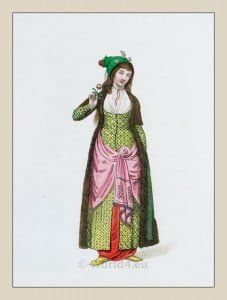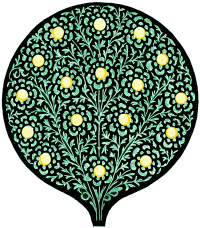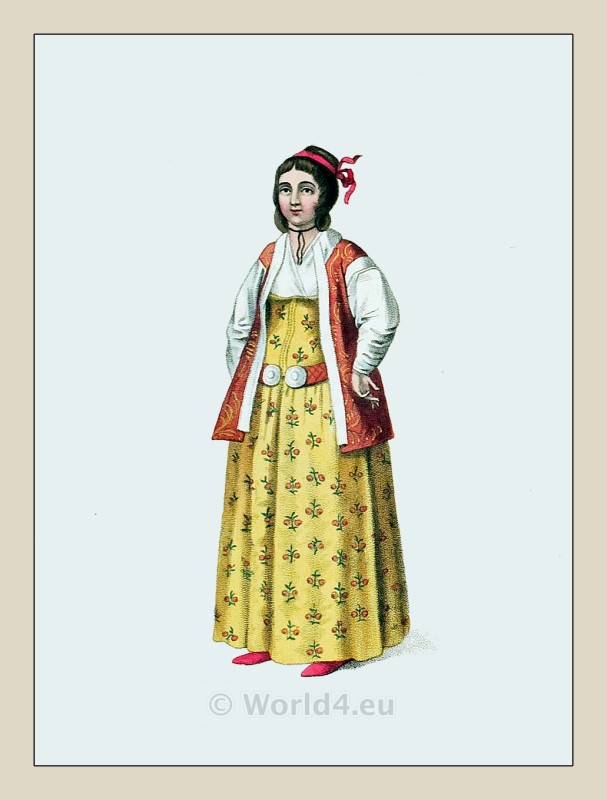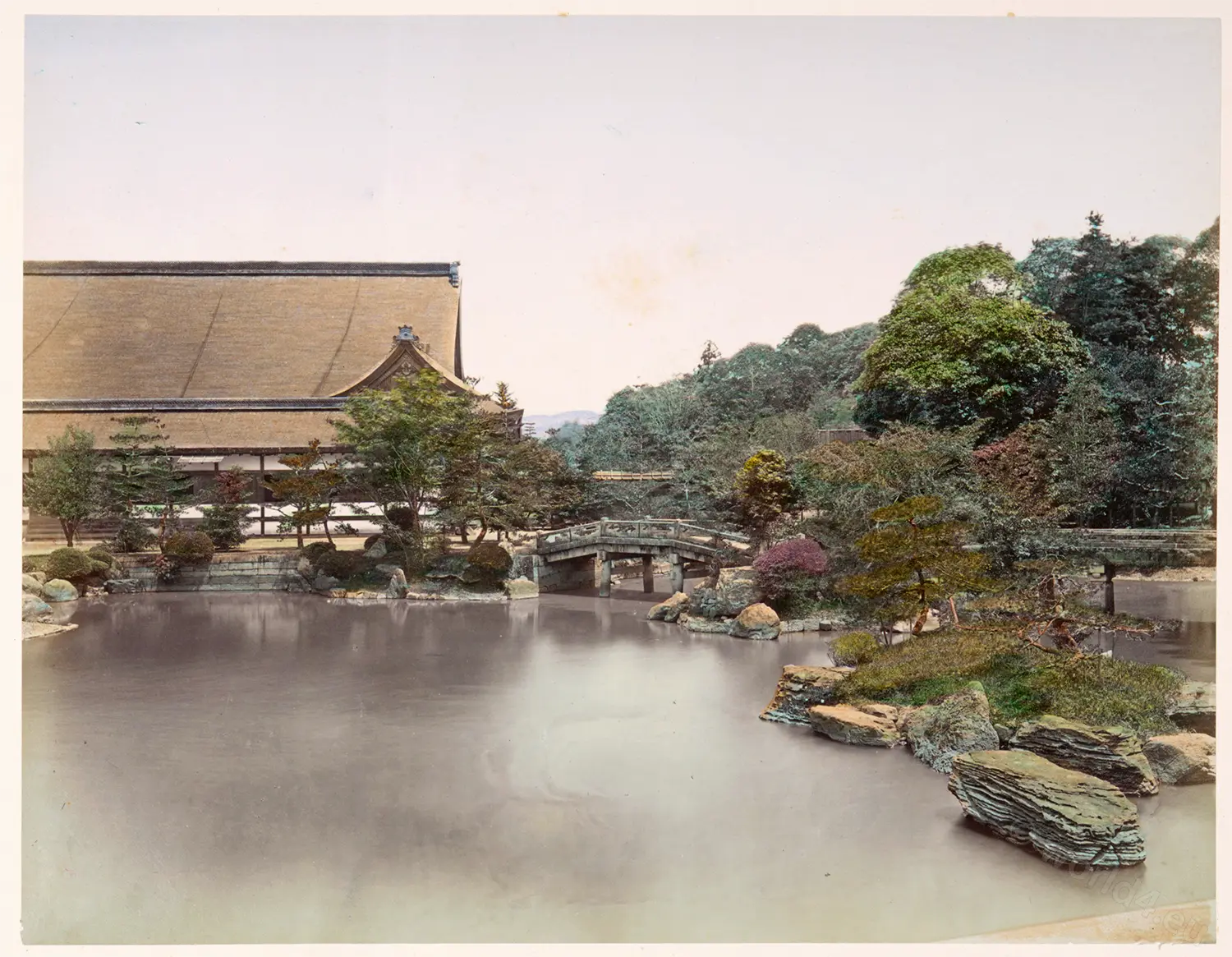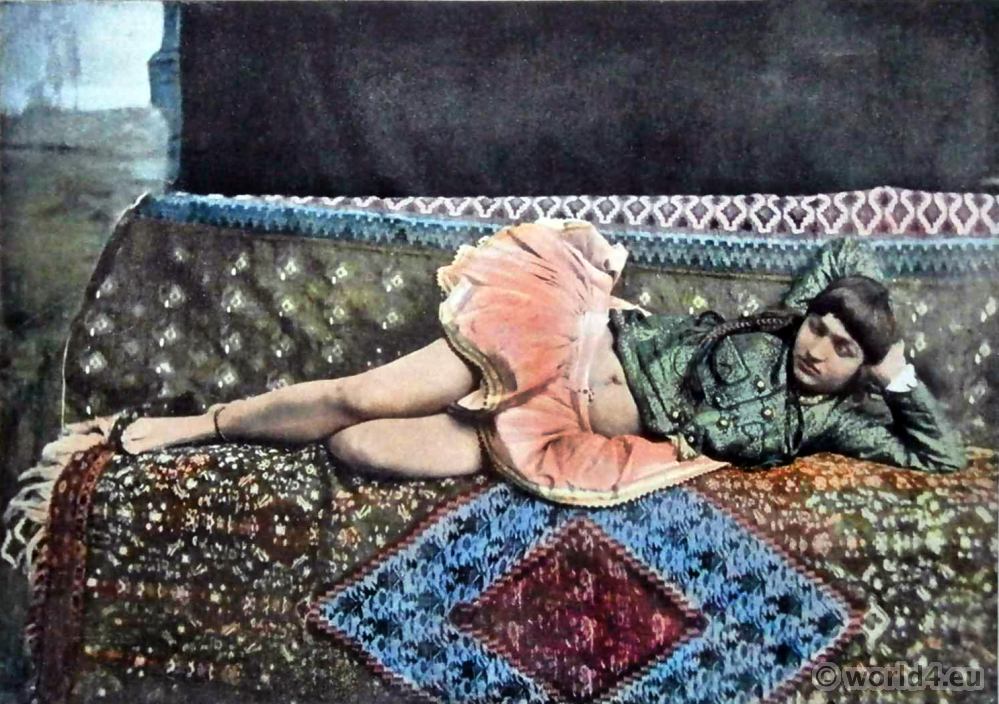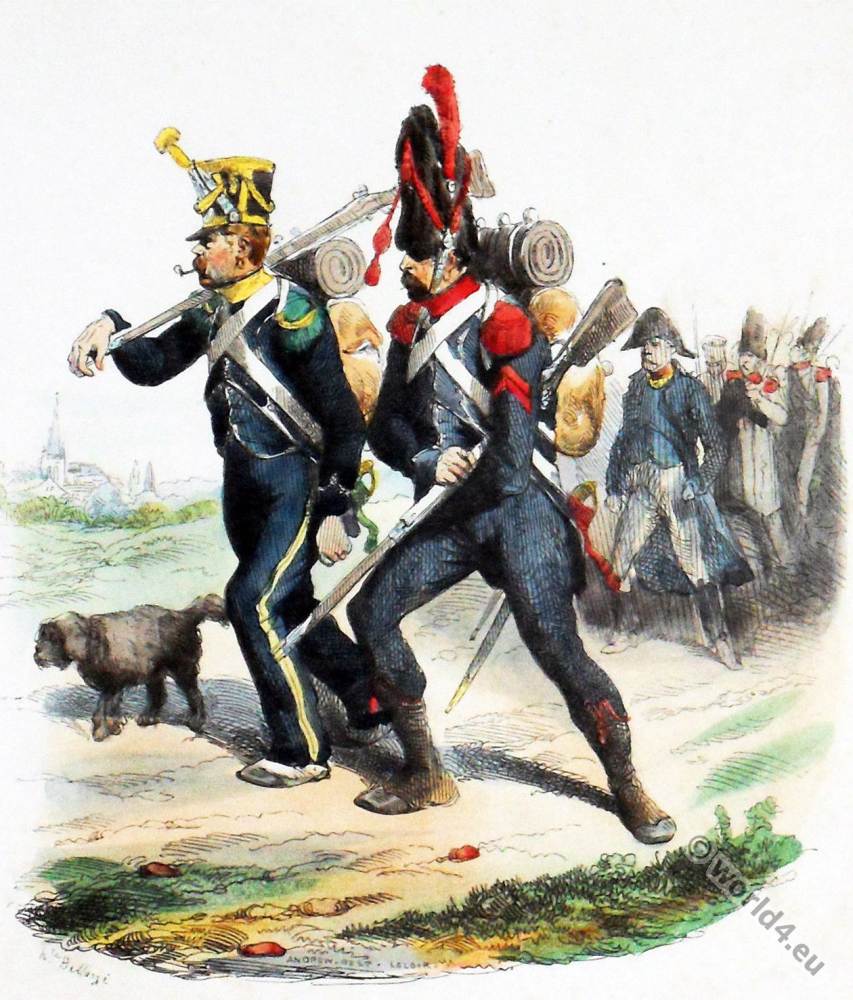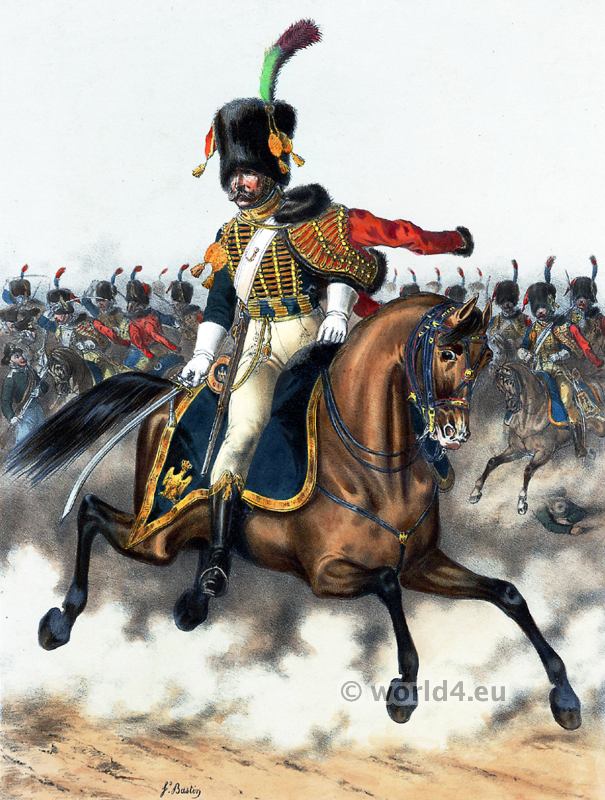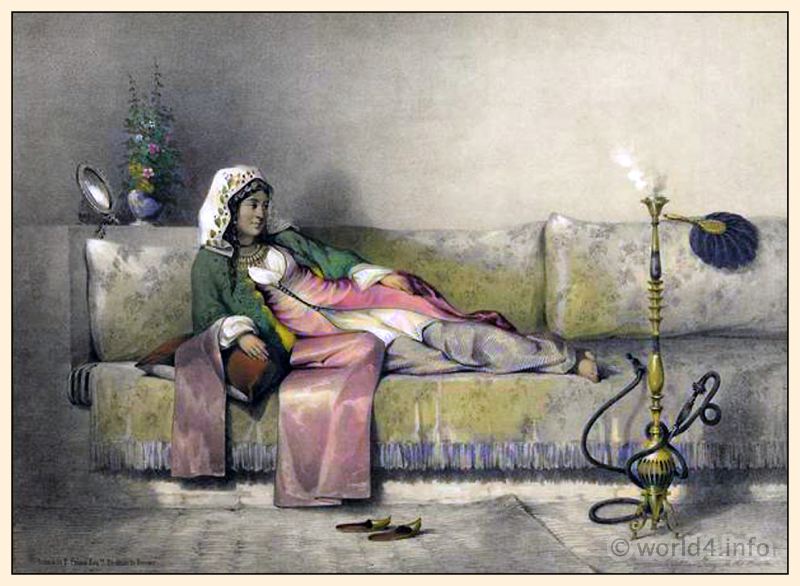A Sultana or Kaddin of the Imperial Harem.
Historical Ottoman Empire officials and ethnic groups.
IN the description to the second Plate there is a slight sketch of the Seraglio and its inhabitants, particularly respecting the females. The Plate itself is a portrait of a Sultana or Odalisk, a term by which all the females are distinguished, except the few (about seven) who are raised to a superior rank, and are called, Kaddins, or Kadeuns.
When the Sultan dismisses anyone of these, either from caprice or satiety, which he does by sending her to the old Seraglio, another Odalisk takes her place. This, of course, is an honor eagerly sought after. One of the reasons, perhaps, of the Sultan’s not marrying, is, that he thinks himself of a superior rank to other mortals, and that he shall degrade himself by forming any connexion of so intimate a nature with what he looks upon as an inferior being.
Source: The costume of Turkey. Ottoman Empire. Officials and ethnic groups. Illustrated by a series of engravings; with descriptions in english by Octavian Dalvimart. The text has been attributed to William Alexander, B. De Tott, J. Dallaway, G.A. Olivier, M. Montague.
Related
- The people and scenery of Turkey.
- David Roberts. The Holy Land, Syria, Idumea, Arabia, Egypt, & Nubia.
- Costumes and scenery of Afghanistan.
- India. The Mughal Empire.
- The Oriental Album by Prisse d’Avennes. In The Valley Of The Nile.
- Gardens of the Dal Lake at Srinagar in Kashmir.
- Asia costumes by Auguste Wahlen. Based on authentic documents.
- Historical Asian Costumes of Java, Japan and Indonesia.
- The varied and picturesque costumes worn by Natives of India.
- Views of Darjeeling: With typical native portraits and groups.
- Romanian Folk Costumes. Hairstyle and Headdresses.
Discover more from World4 Costume Culture History
Subscribe to get the latest posts sent to your email.

